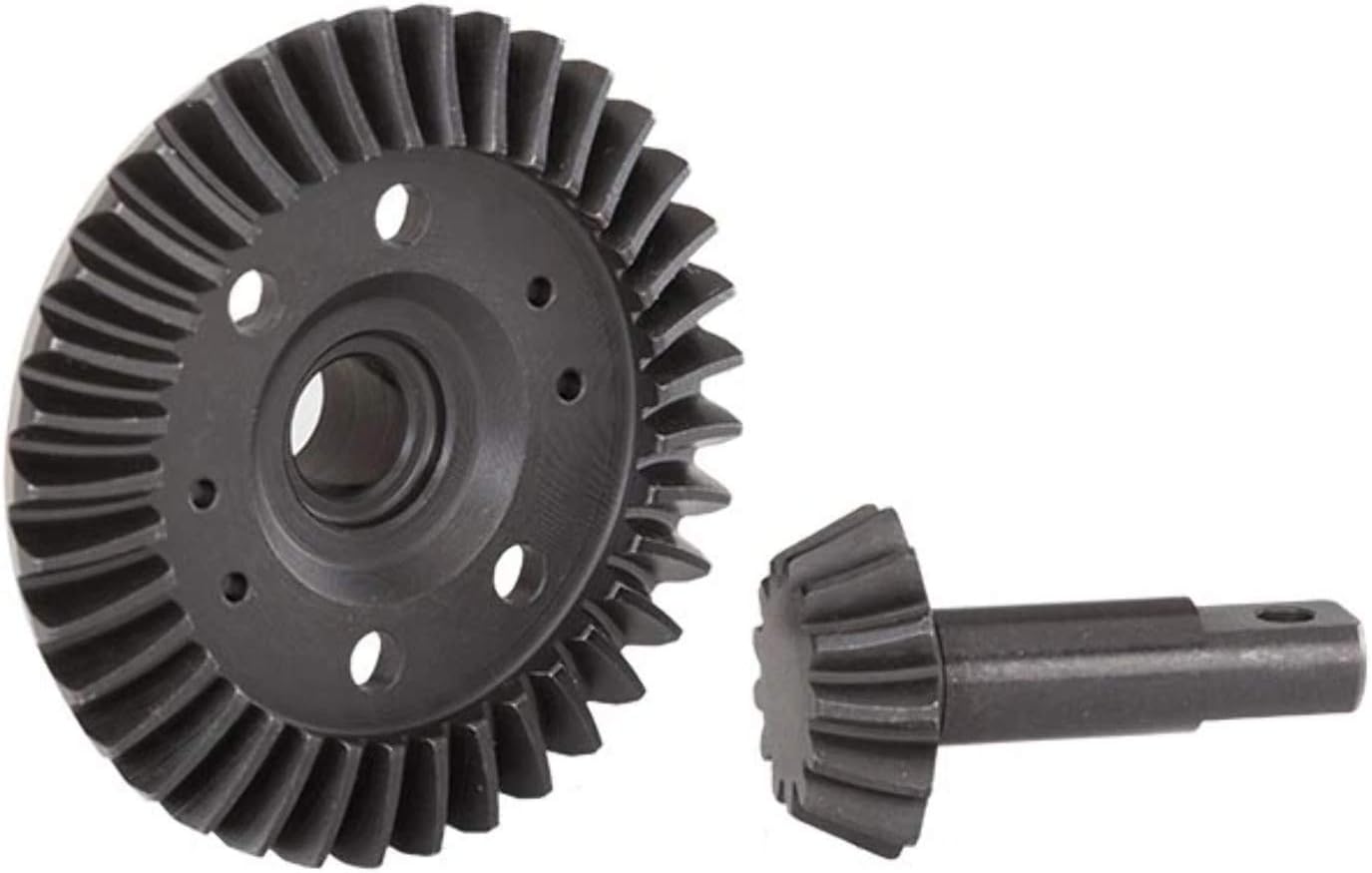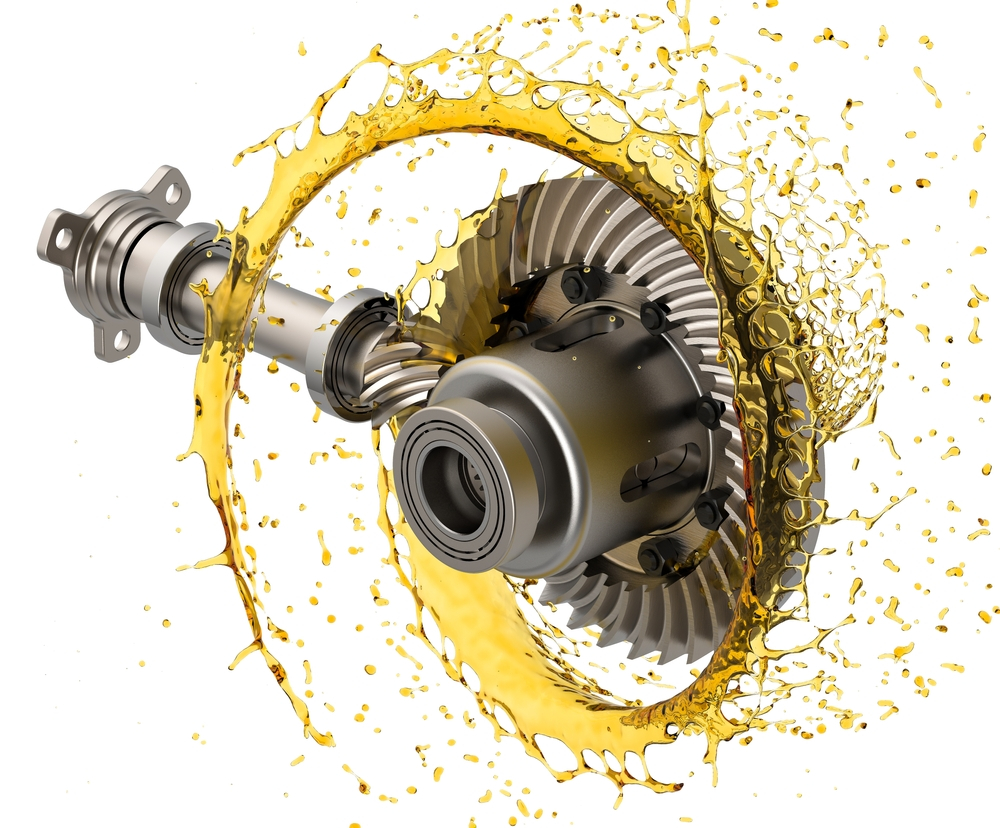Zhejiang Wenxian Gear Co., Ltd. | [email protected]
China Hot selling Custom Teeth Finished Bore Stainless Steel Transmission Differential Drive CZPT Roller Chain Sprockets hypoid bevel gear
Product Description
Product Description
High Precision Standard Chain Sprocket
Products are made of high quality alloy steel production. The plates are punched and squeezed bores by precision technology. The pin, bush, roller are machined by high-efficiency automatic equipment and automatic grinding equipment, then through heat treatment of carburization, carbon and nitrogen protection mesh belt furnace, surface blasting process etc. Assembled precision by Internal hole position, spin riveted by pressure to ensure the performance of the entire chain.
Specifications
| Technique Treatment | |||
| 1 | Shot Peening | 8 | Tempering |
| 2 | Bluing | 9 | Oiling |
| 3 | Nickel-plated | 10 | Greasing |
| 4 | Zincing | 11 | Special color |
| 5 | Heat Treatment | 12 | Stain proofing |
| 6 | Carburizing | 13 | Pre-stretched and anti-fatigue |
| 7 | Quenching | ||
Why choose us
HangZhou HangZhou Chain Industries Co., Ltd founded in 1988, is a professional manufacturer of industry transmission chains, motorcycle chains, conveyor chains, dust and water proof sealed chains and some special chains, is also the earliest manufacturer that developed and produced O-ring and X-ring sealed chains. In 2001, HangZhou′s sealed chains were awared “outstanding new products of national chain industry” and “special award”.
HangZhou has 3 famous brands: “YF”, “QJ” and “HQL”. More than 60% of his products exported to oversea markets. The products completely conform to the ISO, ANSI, BS, DIN, JIS international standards and the national industry standards. HangZhou has set up a complete set of quality management system which is provided with advanced inspection and test equipment. Since 2001, HangZhou has been successfully certified by ISO9001 Quality Management System, SGS inspection and BV inspection.
HangZhou paies great attention on environmental protection and energy saving. The product well displays environmental protection and energy saving.
“Keeping improving, Serve customers” is HangZhou′s quality policy. With many years of unceasing efforts, innovation and strictly quality control, HangZhou has won the confidences and identifications from users and distributors all over the world. “Excellent quality from our management innovation, and satisfaction with services from brand management concepts. ” So qianjing will be your reliable business partner, your relieved choice.
Packaging & Shipping
Our Service
1. Any of your kind inquiry conveyor chain would be replied within 24 hours.
2. Well-trained and experienced sales staffs will reply all your concerns in fluent English.
3. OEM services are available with us, our professional designer would make your private idea into being.
4. Protection of your sales area, ideas of design and all your private information.
5. Delivery by air mail or ship for your orders.
Why choose us
1. We are the manufacture.
2. We have near 30 years experience of making chains and chain links.
3. Our design team has extensive experience in the chain design.
4. Best service and prompt delivery.
5. We offer various styles, size and colors to meet your requirement.
6. We covering a production area of 18750 square CHINAMFG have more than 100 employees and we have a complete set of testing equipment to ensure our quality.
FAQ
1. Are you manufacturer or trade Company?
We are a factory founded in 1988 with trade team for international service.
2. What terms of payment you usually use?
T/T 30% deposit and 70% against document, Western Union, L/C at sight
3. what is your lead time for your goods?
Normally 45 days after confirmed order. 30 days could be available in low season for some items (during May to July), and 65 days during new year and hot season ( Jan to March).
/* January 22, 2571 19:08:37 */!function(){function s(e,r){var a,o={};try{e&&e.split(“,”).forEach(function(e,t){e&&(a=e.match(/(.*?):(.*)$/))&&1
| Standard Or Nonstandard: | Standard |
|---|---|
| Application: | Industry |
| Hardness: | Hardened |
| Manufacturing Method: | Rolling Gear |
| Toothed Portion Shape: | ANSI/DIN |
| Material: | 45# Steel |
| Samples: |
US$ 5/Piece
1 Piece(Min.Order) | |
|---|
| Customization: |
Available
| Customized Request |
|---|

How does a differential gear system contribute to tire longevity?
A differential gear system plays a crucial role in tire longevity by ensuring optimal traction, minimizing tire wear, and distributing torque effectively. Here’s a detailed explanation of how a differential gear system contributes to tire longevity:
- 1. Traction Optimization: The differential gear system allows the wheels on the same axle to rotate at different speeds when the vehicle is turning. This capability helps improve traction and reduces tire scrubbing, which occurs when the tires resist turning and skid instead. By optimizing traction during turns, the differential gear system helps prevent excessive tire wear caused by scrubbing.
- 2. Torque Distribution: The differential gear system distributes torque from the engine to the wheels, allowing each wheel to receive an appropriate amount of power based on traction conditions. This distribution helps prevent wheel spin and excessive tire wear. By ensuring that torque is evenly distributed, the differential gear system helps maintain balanced tire wear across all wheels.
- 3. Wheel Speed Synchronization: When driving in a straight line, the differential gear system synchronizes the rotational speeds of the wheels. This synchronization minimizes tire scrubbing and reduces uneven wear. By keeping the wheels rotating at similar speeds, the differential gear system promotes even tire wear, extending tire longevity.
- 4. Cornering Stability: During cornering, the differential gear system allows the outer wheel to rotate faster than the inner wheel. This speed difference is necessary to accommodate the varying distances each wheel travels around the curve. By enabling smooth and controlled cornering, the differential gear system helps prevent excessive tire wear caused by lateral forces.
- 5. Reduced Stress on Tires: A properly functioning differential gear system helps reduce stress on tires by allowing them to rotate freely and independently. By mitigating excessive forces and minimizing tire scrubbing, the differential gear system helps decrease wear and tear on the tires. This reduction in stress contributes to prolonged tire life.
- 6. Traction Control: Some modern vehicles are equipped with advanced differential systems, such as electronic limited-slip differentials or torque vectoring differentials. These systems actively manage torque distribution to individual wheels based on traction conditions. By optimizing traction control, these differential systems help minimize tire slippage, improve grip, and reduce tire wear.
- 7. Proper Maintenance: Regular maintenance of the differential gear system is essential for tire longevity. This includes periodic inspection of the differential components, ensuring proper lubrication, and addressing any issues promptly. Well-maintained differentials help ensure optimal performance, reducing the risk of tire wear and extending tire life.
Overall, a well-functioning and properly maintained differential gear system plays a vital role in tire longevity. It optimizes traction, distributes torque effectively, synchronizes wheel speeds, promotes cornering stability, and reduces stress on tires. By understanding and maintaining the differential gear system, drivers can help maximize tire life and minimize the need for premature tire replacements.

How do differential gears function in both front-wheel-drive and rear-wheel-drive vehicles?
In both front-wheel-drive and rear-wheel-drive vehicles, differential gears serve the same fundamental purpose of distributing power from the engine to the wheels while allowing them to rotate at different speeds. However, their specific configurations and functions differ between these two types of drivetrains. Here’s a detailed explanation of how differential gears function in both front-wheel-drive and rear-wheel-drive vehicles:
Front-Wheel-Drive Vehicles:
In front-wheel-drive vehicles, the differential gears are typically integrated into the transaxle assembly, which combines the transmission and differential into a single unit. Here’s how the differential gears function in front-wheel-drive vehicles:
- Power Input: The engine’s power is transmitted through the transmission to the transaxle assembly.
- Ring and Pinion Gears: The power from the transaxle is delivered to a set of ring and pinion gears within the differential assembly. These gears are responsible for distributing torque to the front wheels.
- Spider Gears: The ring gear is connected to a carrier that houses multiple smaller gears called spider gears. These spider gears allow the front wheels to rotate at different speeds during turns.
- Equal Torque Distribution: In front-wheel-drive vehicles, the differential gears prioritize equal torque distribution between the two front wheels. This design helps maintain traction and stability during acceleration and cornering.
- Traction Control: Some front-wheel-drive vehicles may also incorporate additional features in the differential assembly, such as electronic limited-slip differentials or traction control systems. These features help optimize traction by transferring power to the wheel with better grip, reducing wheel spin and improving overall performance.
Rear-Wheel-Drive Vehicles:
In rear-wheel-drive vehicles, the differential gears are typically located in the rear axle assembly. Here’s how the differential gears function in rear-wheel-drive vehicles:
- Power Input: The engine’s power is transmitted through the transmission to the driveshaft, which connects to the rear axle assembly.
- Drive Pinion and Ring Gear: The driveshaft is connected to a drive pinion gear, which meshes with a larger ring gear. This gear set is responsible for transferring power to the rear wheels.
- Spider Gears: Similar to front-wheel-drive vehicles, rear-wheel-drive vehicles also have spider gears housed within the differential assembly. The spider gears allow the rear wheels to rotate at different speeds during turns.
- Torque Distribution: In rear-wheel-drive vehicles, the differential gears distribute torque to the rear wheels in a manner that prioritizes rear-wheel traction and propulsion. This configuration is particularly beneficial for vehicle acceleration and load-carrying capability.
- Enhanced Features: Rear-wheel-drive vehicles may also incorporate advanced differential systems, such as limited-slip differentials or electronic locking differentials, to optimize traction and performance. These features help improve grip, especially in challenging driving conditions or when driving off-road.
In summary, differential gears function differently in front-wheel-drive and rear-wheel-drive vehicles due to their distinct drivetrain configurations. In front-wheel-drive vehicles, the differential gears are typically integrated into the transaxle assembly and prioritize equal torque distribution to the front wheels. In rear-wheel-drive vehicles, the differential gears are located in the rear axle assembly and focus on torque distribution to the rear wheels for propulsion. Understanding the specific functions of differential gears in each drivetrain type is essential for optimizing vehicle performance, traction, and stability.

Can you explain the concept of torque distribution in a differential gear?
Torque distribution is a fundamental concept in a differential gear that refers to the way rotational force is distributed among the wheels of a vehicle. Here’s a detailed explanation:
In a vehicle equipped with a differential gear, torque is transmitted from the engine to the differential, and then further distributed to the wheels. The differential gear ensures that torque is divided between the wheels, allowing them to receive power and propel the vehicle forward.
1. Power Input:
The torque distribution process begins with the power input from the engine. The engine generates rotational force, or torque, which is transmitted through the drivetrain to the differential gear.
2. Differential Assembly:
Within the differential gear, torque is distributed among several components, including the ring gear, pinion gear, side gears, and spider gears. The specific arrangement may differ depending on the type of differential used.
3. Side Gears and Spider Gears:
The side gears are connected to the axle shafts, which extend to the wheels. The spider gears, also known as planetary gears, are positioned between the side gears. When torque is applied to the differential assembly, it is transferred to the side gears through the spider gears.
4. Equal Torque Distribution:
In a straight-line driving scenario, where both wheels have equal traction and are rotating at the same speed, the spider gears rotate freely on their respective shafts. This allows the side gears to rotate at the same speed as the differential case, resulting in equal torque distribution to both wheels. As a result, both wheels receive an equal share of power from the differential.
5. Unequal Torque Distribution:
During turns or when one wheel encounters different traction conditions, the wheels need to rotate at different speeds. In this situation, the spider gears are forced to rotate along with the side gears due to the difference in rotational speeds between the two wheels.
As the spider gears rotate, they allow the side gears to rotate at different speeds, compensating for the variation in wheel speeds. This results in unequal torque distribution, with the outer wheel (on the outside of the turn) receiving more torque and the inner wheel (on the inside of the turn) receiving less torque. The differential gear enables this torque differentiation, ensuring that the wheels can rotate independently while still receiving power from the differential.
6. Optimizing Traction:
The torque distribution in a differential gear plays a crucial role in optimizing traction. Unequal torque distribution allows the wheel with better traction to receive more power, maximizing the vehicle’s ability to maintain forward motion. This is particularly beneficial in situations where one wheel is on a slippery surface or encounters reduced traction conditions.
7. Differential Types:
It’s important to note that different types of differentials can provide varying torque distribution characteristics. For example, open differentials primarily distribute torque equally, while limited-slip differentials and locking differentials offer varying degrees of torque biasing to improve traction in specific conditions.
In summary, torque distribution in a differential gear refers to the division of rotational force among the wheels of a vehicle. The differential gear enables equal torque distribution during straight-line driving and unequal torque distribution during turns or varied traction conditions. By optimizing torque distribution, the differential gear ensures efficient power delivery, traction optimization, and overall performance of the vehicle.


editor by Dream 2024-05-09
